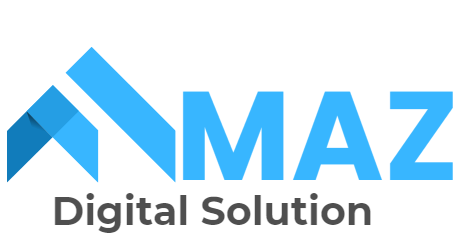Understanding Facebook ad costs is key to optimizing your campaigns. Here’s a breakdown of the key metrics with examples:
1. CPM (Cost Per Mille)
- What It Is: CPM refers to the cost per 1,000 impressions.
- Example: If your CPM is $10, you pay $10 every time your ad is shown 1,000 times.
- Best For: Brand awareness. If your goal is to increase visibility, CPM is ideal. For example, a clothing brand launching a new collection might use CPM to reach a broad audience.
2. CPC (Cost Per Click)
- What It Is: CPC is the amount you pay each time someone clicks on your ad.
- Example: If your CPC is $0.50 and your ad gets 200 clicks, you’ll pay $100.
- Best For: Driving traffic to a website. For instance, a software company promoting a free trial might use CPC to attract clicks from potential customers.
3. CPA (Cost Per Action)
- What It Is: CPA measures the cost of a specific action, such as a purchase or signup.
- Example: If your CPA is $20 and 5 people make a purchase, your cost is $100.
- Best For: Conversion-focused campaigns. For example, an e-commerce store targeting users to complete purchases would focus on CPA to measure effectiveness.
4. CPV (Cost Per View)
- What It Is: CPV is the cost you pay each time your video ad is viewed.
- Example: If your CPV is $0.10 and 1,000 people watch your video, you’ll spend $100.
- Best For: Video marketing. A travel agency showcasing a destination through a video might use CPV to gauge the cost-effectiveness of their video ad.
5. CPL (Cost Per Lead)
- What It Is: CPL measures the cost of acquiring a lead.
- Example: If your CPL is $15 and you generate 10 leads, you’ll pay $150.
- Best For: Lead generation campaigns. For example, a real estate company collecting contact information from potential buyers would use CPL to assess cost efficiency.
6. CTR (Click-Through Rate)
- What It Is: CTR indicates the percentage of people who clicked on your ad after seeing it.
- Example: If 1,000 people see your ad and 20 click on it, your CTR is 2%.
- Importance: A high CTR indicates your ad is relevant and engaging. For instance, a tech startup might monitor CTR to optimize their messaging.
7. ROAS (Return on Ad Spend)
- What It Is: ROAS measures the revenue generated for every dollar spent on ads.
- Example: If you spend $500 on ads and generate $2,000 in sales, your ROAS is 4:1.
- Best For: Measuring profitability. For example, an online retailer tracking ROAS can assess whether their ad spend is yielding profitable returns.
How to Optimize Facebook Ad Costs
- Target the Right Audience: Narrow your audience to those most likely to engage with your ads.
- Refine Your Ad Creative: High-quality visuals and compelling copy can reduce costs by increasing engagement.
- Test and Iterate: Use A/B testing to find the most effective ad formats, creatives, and audiences.
Conclusion
Understanding these Facebook ad cost metrics—CPM, CPC, CPA, and others—allows you to tailor your campaigns for better performance and ROI. By focusing on the right metrics for your campaign goals, you can maximize your ad spend and achieve better results.

